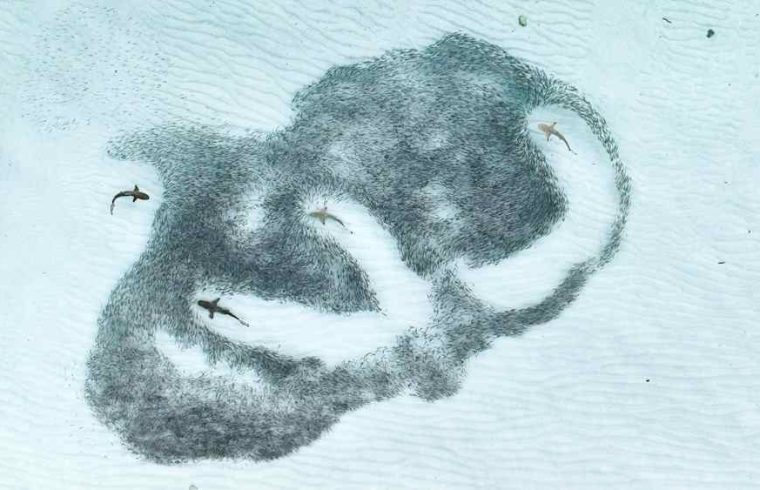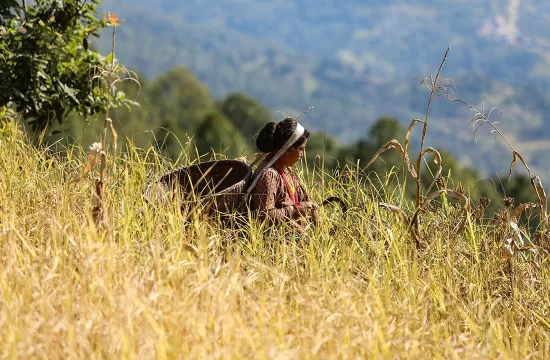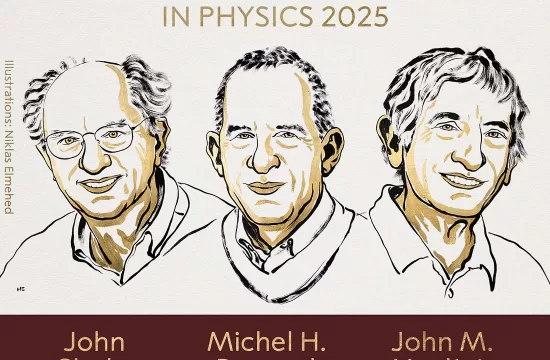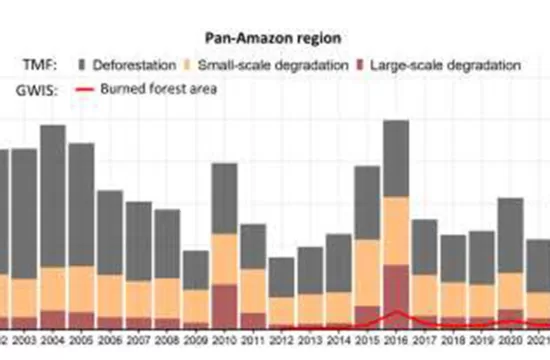In 2024, the Royal Society requested photos from scientists worldwide who represented the fields of microimaging, ecology and environmental science, behavior, astronomy, earth science, and climatology.
This year’s winner, “The Hunt from Above” by Angela Albi, with the help of drone pilot August Paula, captures a large school of hardyhead silversides facing four juvenile blacktip reef sharks, which occasionally attack, causing the fish to respond collectively.
Are you studying or working in science with an interest in photography? The competition will open for new entries in 2025.








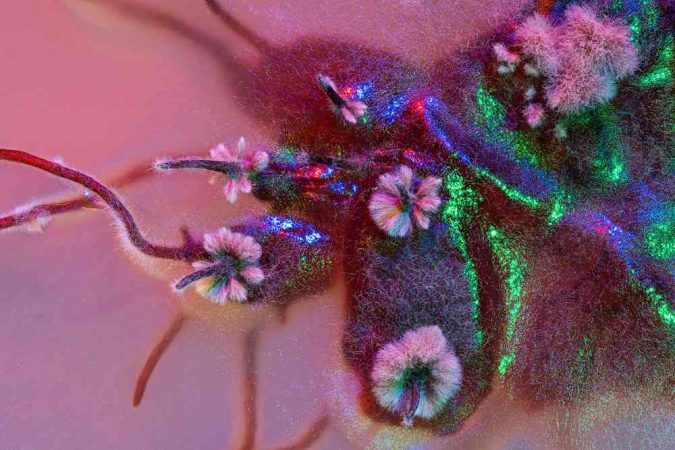
Editor’s Note: The Royal Society contributed all of the pictures and captions.

